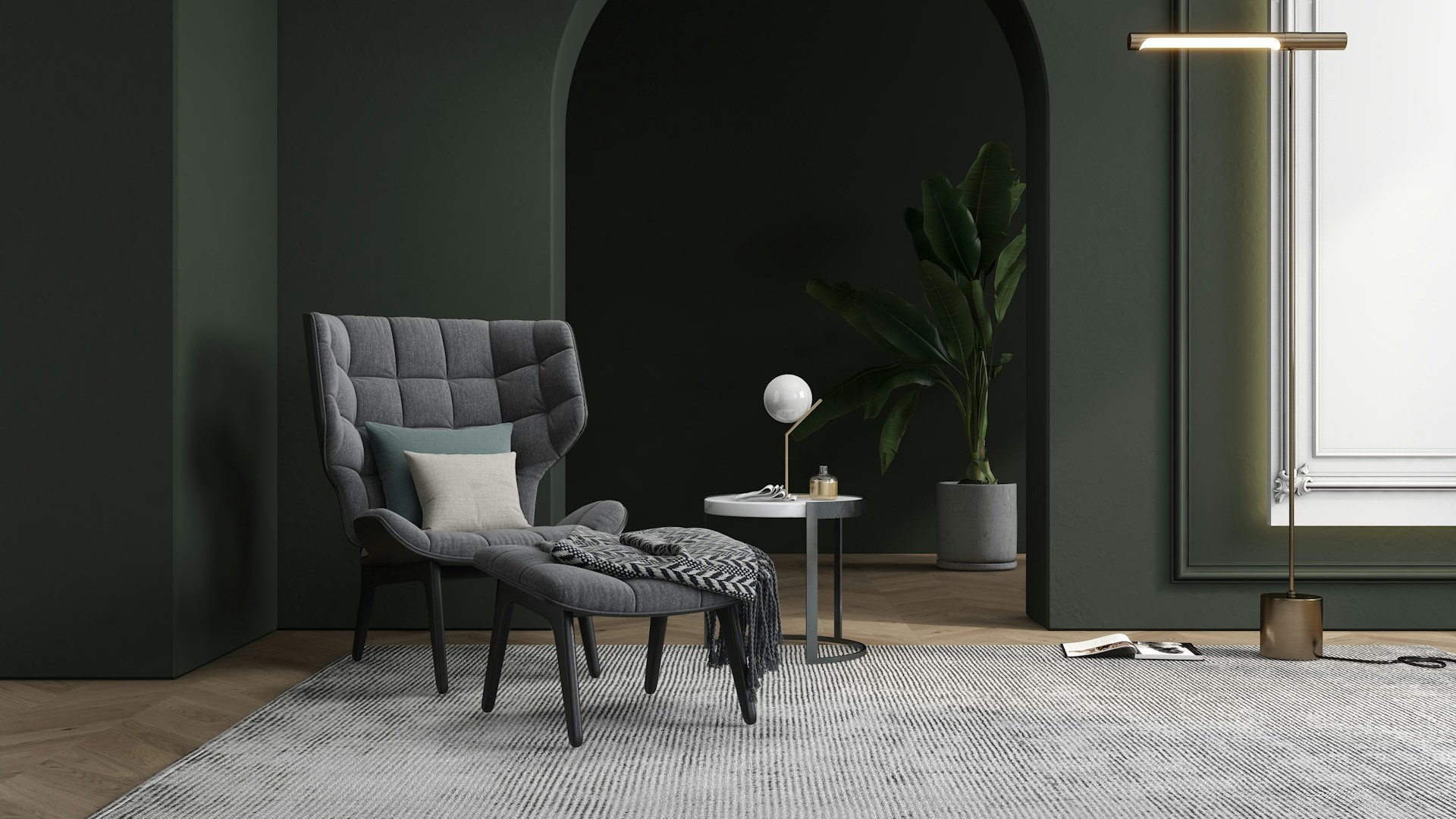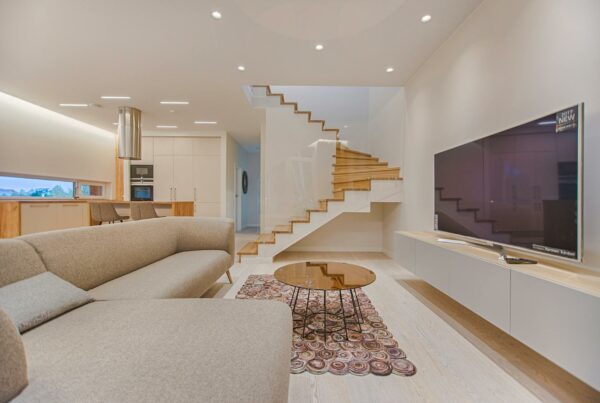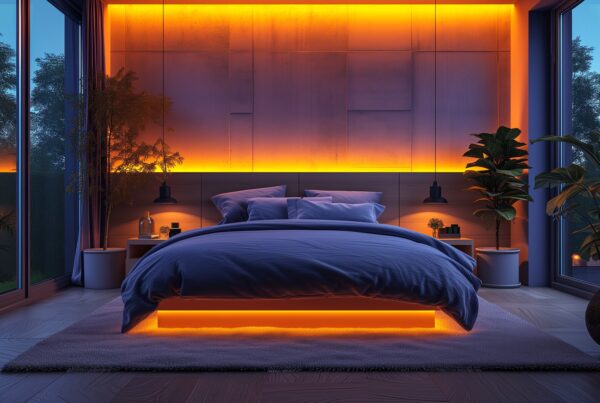Last Updated on February 10, 2024
Moving into a new, empty place can feel weirdly intimidating. Those blank walls kind of freak me out instead of feeling full of potential. Where should I even start to turn this random house into an actual home?
The key for me was taking it step-by-step with interior design. I didn’t hire some expert designer either. But I did get smart on a few design basics that helped my bland new space feel curated and cozy little by little.
If the idea of reimagining basic builder drywall into your dream domain seems impossible, don’t stress! Just follow this checklist breaking down all the elements that finally did the trick transforming my empty new house into a homey haven tailored exactly my style.
From deciding which colors felt soothing to finding the perfect comfy chair, I’m sharing everything that helped my new house become my happy place. I hope these tips inspire you to embrace all the possibilities within your blank new spaces too! Just take it slow and make the process about self-discovery. The rest will come together.
Now to begin, start by truly looking at the bones and layout you have to work with…
Set the Stage for Your New Space
Before you even think about interior design, set the stage for your creative journey by simplifying the moving process. Professional removalists are a must when pulling off a move. You need to let the experts to the heavy lifting so you can focus more energy on getting the place ready with your minds eye.
Standing in blank new rooms filled with potential can invigorate the mind’s eye if you use your imagination. You visualise dinner parties in the dining room and ideas for spaces that wow guests.
With interior design, those dreams become reality by defining your signature style. Take time to understand what you’re working with before imagining and reimagining the possibilities.
Evaluate Your Floor Plan and Size
Consider the layout, room proportions, existing finishes and architectural details to inform design decisions that complement your place’s innate attributes.
Measure rooms, accounting for permanent built-in elements and figure out where natural sunlight hits during morning, midday and evening hours.
Then you can devise preliminary furniture plans and make note of wish list features. This groundwork helps you spot unique potential and limitations to guide planning.
Define and Refine Your Style
Dig into what aesthetics appeal to you by collecting visual inspiration from magazines and other media. I recommend creating a moodboard on pinterest! It’s super helpful for getting inspiration and coming up with a cohesive style for your interior design.
Then spot common threads across saved ideas to define your style. Outline descriptive words like airy, calming or modern-rustic that encapsulate the overriding vision – this will help you describe what your going for when curating and buying items.
Strategically Plan Your Room Layouts
Now, sketch rough room layout blueprints plotting ideal furniture formations suiting living needs and styles. Ensure enough walkways exist between furnishings to avoid chokepoints. Refine iteratively, moving elements to balance seamless flow and practical functionality creating a functional layout.
Curate Your Color Scheme
Create your own cohesive color palette elevating the intended atmosphere of each space. Refer to swatches gathered during style definition then solidify 3-5 core hues.
Browse paint chips to confirm correlated shades, and I always think its a good idea to test samples on walls so you can visualise effects from different lighting. A unified palette stitches continuity room to room.
Find Signature Furniture Pieces and Accessories
Invest in statement furniture finds provides personality to your new home. Seize that iconic dining table, handcrafted secretary desk or sectional wrapped in the perfect fabric that brings instant joy when seen.
Quality centrepieces anchor rooms while accessories like throw pillows, table lamps and artwork build on their foundations. Spread special pieces for equilibrium since all details can’t scream loudly, then lay some quieter touches later.
Add Finishing Details!
Carefully style shelves, tablescapes and wall accents to build refinement – attention to detail here is key. Embrace nuances; all aspects work in harmony towards manifesting a polished yet genuine space celebrating you – even consider creating your own DIY elements.
The journey transforming empty rooms into happily-ever-after homes evolves tapping self-awareness, research and trust in the creative process. Soon that fresh canvas sings with the colors, furnishings and flow uniquely you.





